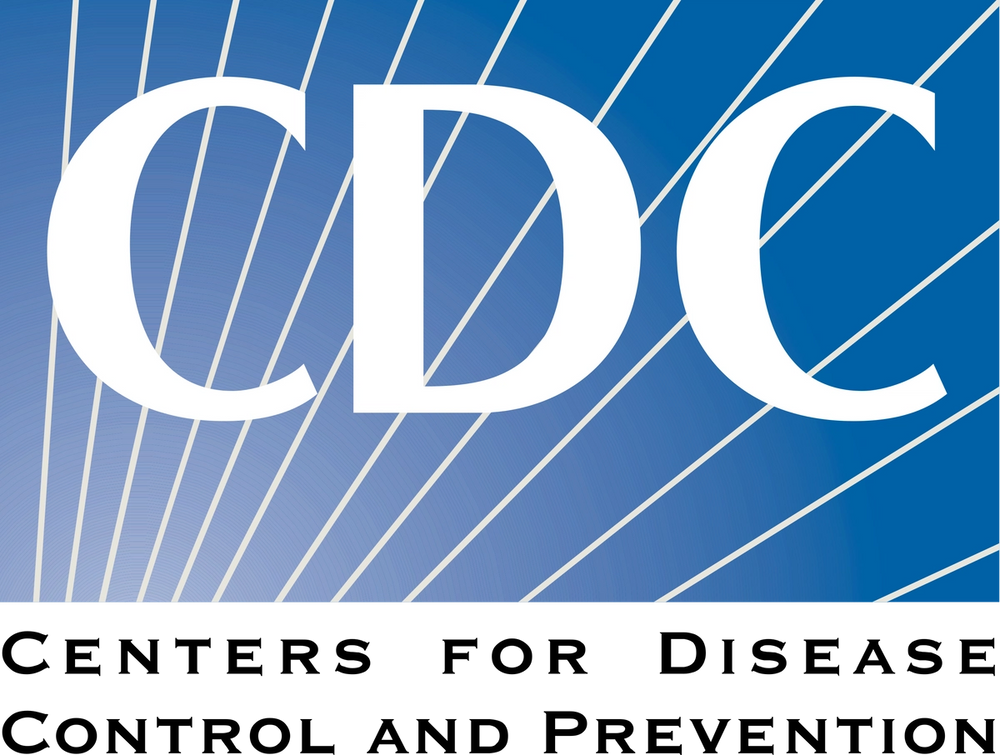CDC Updates Guidelines: Doctors Should Talk to All Sexually Active People About HIV PrEP
The CDC updated its HIV PrEP guidelines, including a recommendation that doctors talk to all sexually active adults about HIV prevention and prescribe PrEP to anyone who asks for it.

On Wednesday, the US Centers for Disease Control and Prevention (CDC) updated its pre-exposure prophylaxis (PrEP) guidelines.
The CDC is recommending doctors talk to all sexually active people about HIV prevention and prescribe PrEP to any patient who asks for it.
The updated guidelines reflect attempts to end the stigma surrounding HIV and HIV preventative measures, like PrEP. According to Demetre Daskalakis, MD, director of the CDC’s Division of HIV Prevention, “Stigma is our biggest enemy… I really think this puts PrEP in the same place as so many other really good preventive interventions like talking about smoking, alcohol, drugs, etc.”
Though HIV PrEP is primarily marketed to men who have sex with men, a recent study found heterosexual sex accounts for 23% of new HIV diagnoses each year.
The CDC’s updated guidelines recommend PrEP for persons who have a sexual partner with HIV, who have sex but do not consistently use a condom, or who have been diagnosed with a sexually transmitted infection (STI).
In their summary of the updates, the CDC noted the US Food and Drug Administration (FDA) is likely to approve the first long-acting injectable PrEP, cabotegravir, “within 2-3 months after the publication of this guideline.”
In light of this anticipated approval, the CDC recommended that PrEP with intramuscular cabotegravir injections is recommended for HIV prevention in adults who report sexual behaviors placing them at significant risk of HIV exposure and infection.
Another new inclusion in the guidelines outlined options for PrEP initiation and follow-up via telehealth, a reflection of how COVID-19 has changed healthcare.
The updated guidelines described procedures for prescribing and providing PrEP on the same day as the initial evaluation for its use (“same-day PrEP”). Allowing this quick turnaround emphasizes the CDC’s commitment to PrEP uptake, virological suppression, and ending the HIV epidemic.
